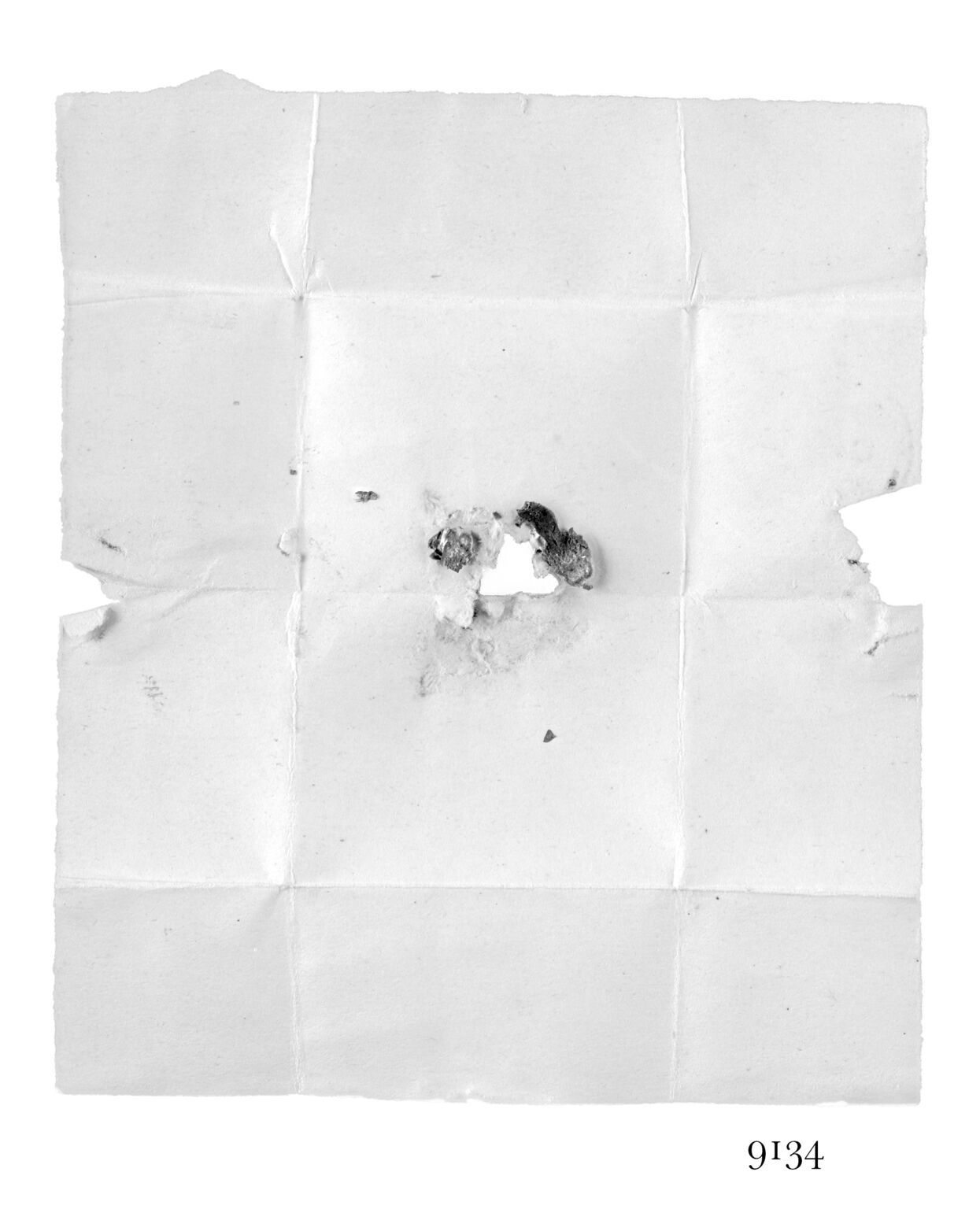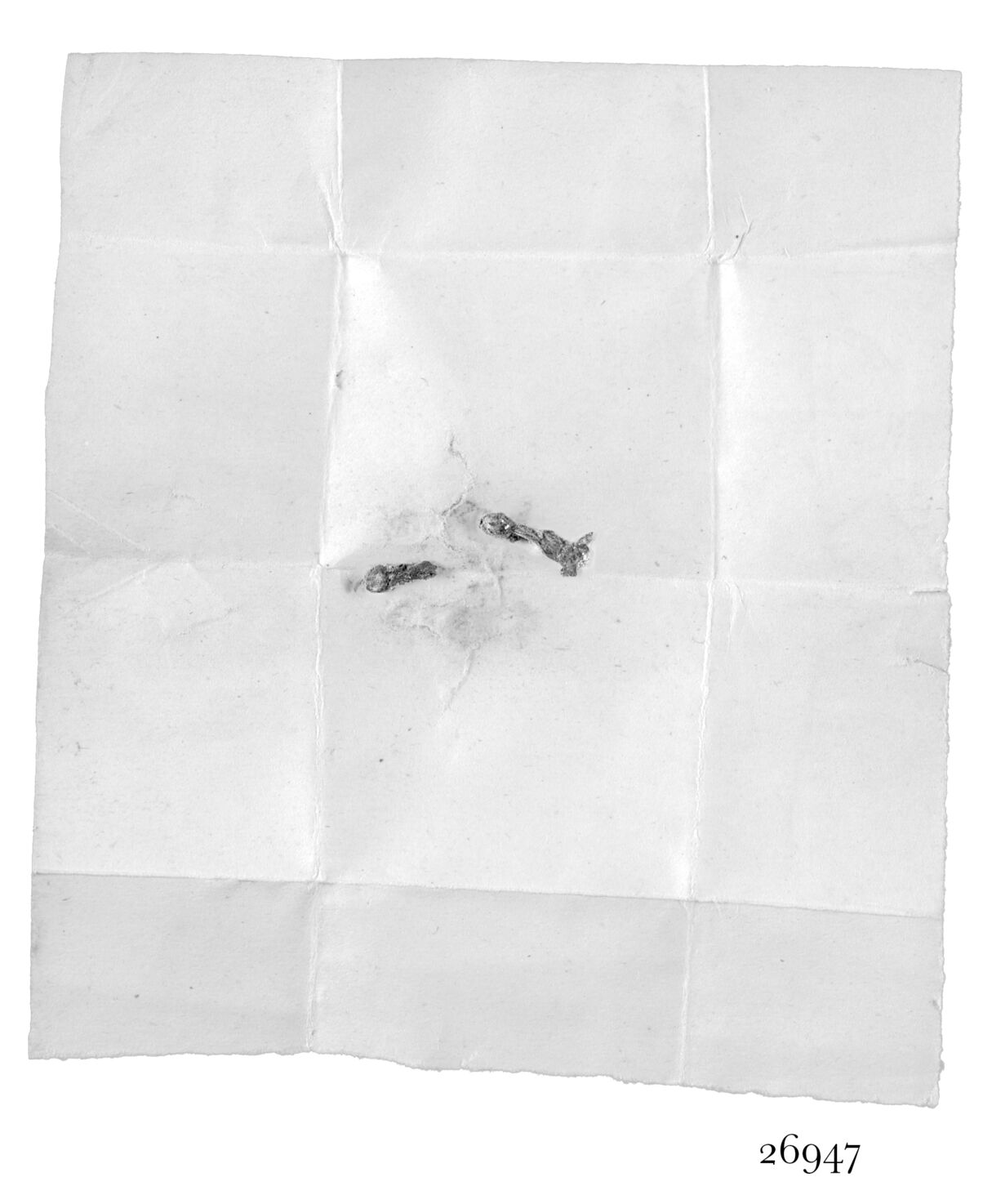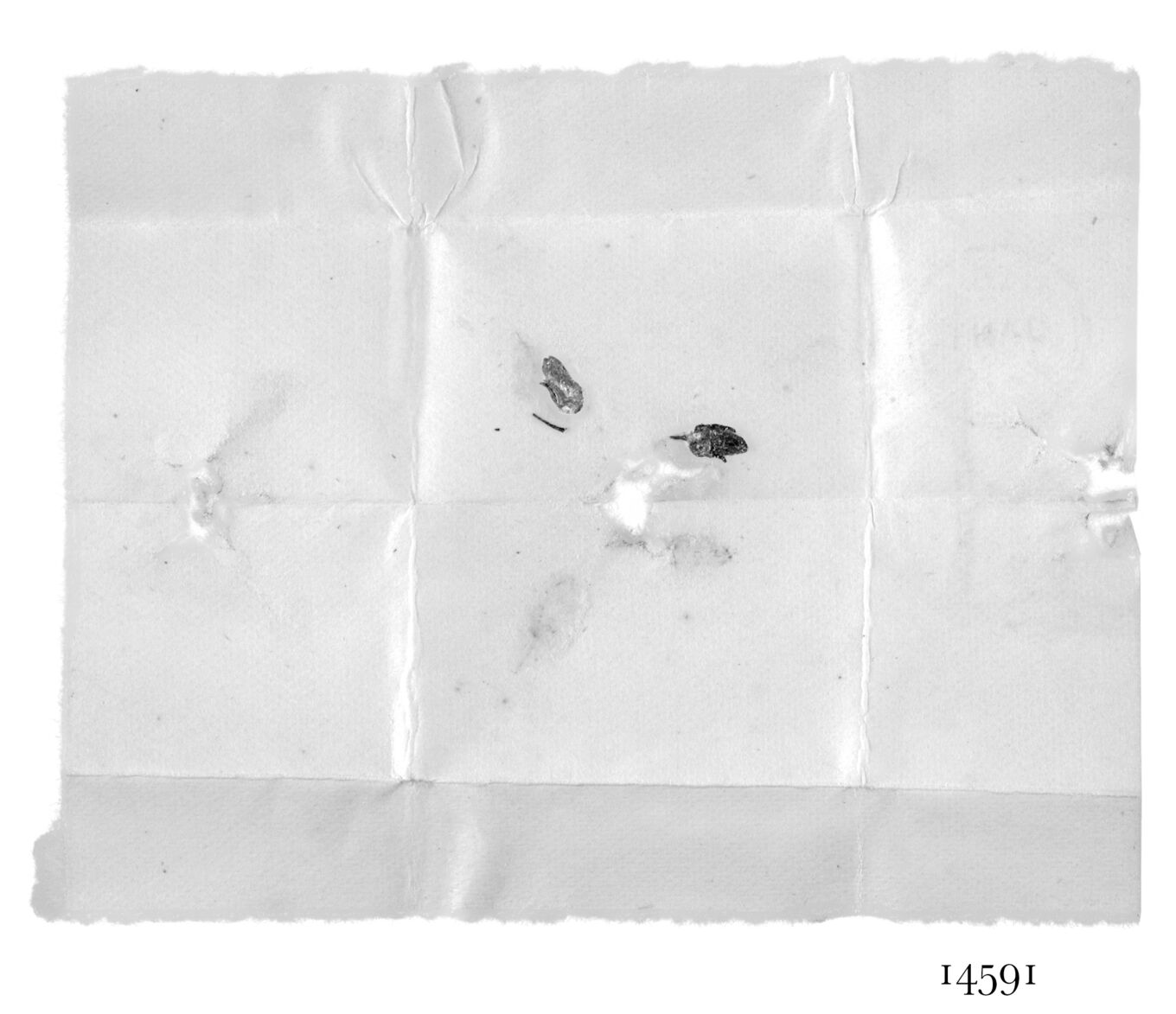From C. B. Clarke 12 May 1878
Herbarium, Kew
12 May 1878
Dear Sir,
It has been suggested to me here that I should communicate to you the following case of extreme dimorphism—
Order Rubiaceæ Genus Adenosacme Bth & Hk. f. Gen. Pl. II. 69.1
The best-known species is Adenosacme longifolia Wall. Cat. 6280 = Rondeletia longifolia, Wall. in Roxb. Fl. Ind. ed. Carey & Wall. II 137.2
The only figure is Adenosacme (Lawia) acuminata, Wight Icon. t. 10703
In the Gen. Pl. l.c. Hooker says (of the genus) “stamina 4–6 medio vel supra medium corollæ tubi inserta”4
Wallich in Roxb Fl. Ind l.c. says (of species longifolia) that the stamens are inserted at the very base of the tube.5
Wight in his Icon shews that the stamens (in species acuminata) are not merely at the base of the corolla tube but he depicts the corolla tube removed leaving the stamens standing on the ovary !! On the slip of paper enclosed I have copied (badly) the two poor pictures of Wight.
On the same piece of paper I have copied four old field notes made by myself from fresh examples of Adenosacme longifolia: collected in distant places and times. I also enclose buds in numbered covers cut from the dried specimens from which these sketches were originally taken. It is possible of course that different forms of flowers may occur on the same shrub but among the Coffeaceæ my experience is that this rarely happens.6
In my No 26947 the stamens are very nearly if not quite free from the corolla (as Wight has depicted in the other species).
The peculiarity of the case is not the difference in length of the style and stamens in the two forms but the extreme difference in the point of insertion of the stamens. The note made from No 14591 shews a distinctly intermediate position of the stamens; the shrub may be trimorphic— I may add that I have no doubt that the four figures referred to A. longifolia are all strictly of one “species”, a marked one that I know well.
Wallich has repeatedly noticed the common occurrence of dimorphism in the Coffeaceæ: it is so common indeed that the length of the style and insertion of the stamens usually given as part of the generic character in this order are (in my opinion) almost useless for determining species.— You are doubtless aware that the cultivated Cinchonas are all dimorphous—7
The following may interest you as it occurs in a genus not much observed in Europe
In Combretum acuminatum Roxb.8 before the calyx expands, a minute round hole appears at the top of the bud. The long simple style (the stigma is not broader than the style) protrudes through this fitting it closely, not a grain even of pollen could get out— After the style has withered the calyx (and small petals) expands, the anthers ripen—
Believe me | Yours with deep respect | C. B. Clarke
C. Darwin Esqre.
[Enclosure 1]
[Enclosure 2]

[Folded piece of paper labelled ‘9134’ containing flower bud]
[Enclosure 3]

[Folded piece of paper labelled ‘26947’ containing flower bud]
[Enclosure 4]

[Folded piece of paper labelled ‘14591’ containing flower bud]
CD annotations
Footnotes
Bibliography
Hooker, Joseph Dalton. 1872–97. The flora of British India. Assisted by various botanists. 7 vols. London: L. Reeve & Co.
Roxburgh, William. 1820–4. Flora Indica; or descriptions of Indian plants … to which are added descriptions of plants more recently discovered by Nathaniel Wallich. Edited by William Carey. 2 vols. Serampore: Mission Press.
Wallich catalogue: A numerical list of dried specimens of plants in the East India Company’s Museum, collected under the superintendence of Dr. Wallich of the Company’s Botanic Garden at Calcutta London. [1828–49.]
Wight, Robert. 1840–53. Icones plantarum Indiae Orientalis: or figures of Indian plants. 6 vols. Madras: the author.
Summary
Reports curious case of dimorphism in Rubiaceae. Encloses envelope containing bud samples.
Letter details
- Letter no.
- DCP-LETT-11505
- From
- Charles Baron Clarke
- To
- Charles Robert Darwin
- Sent from
- Kew
- Source of text
- DAR 161: 160
- Physical description
- ALS 2pp, sketch, encl †
Please cite as
Darwin Correspondence Project, “Letter no. 11505,” accessed on 19 April 2024, https://www.darwinproject.ac.uk/letter/?docId=letters/DCP-LETT-11505.xml


